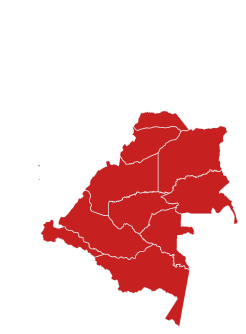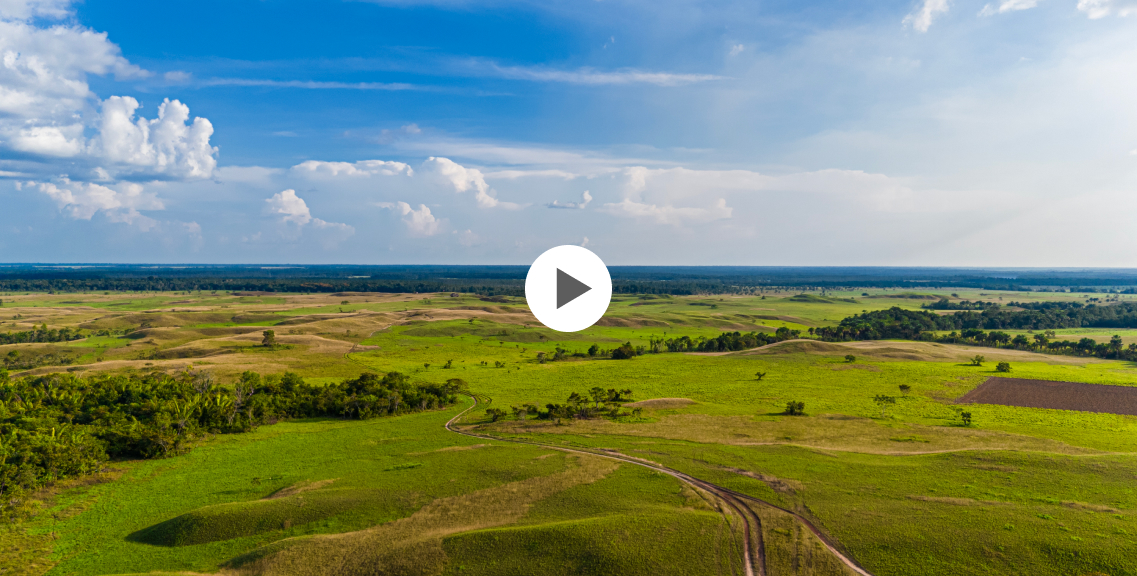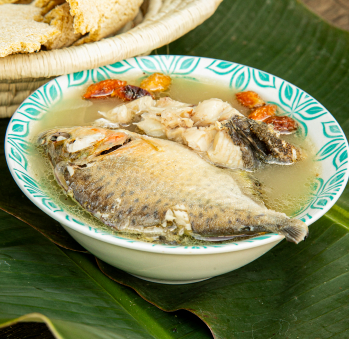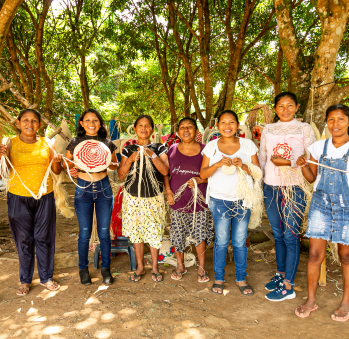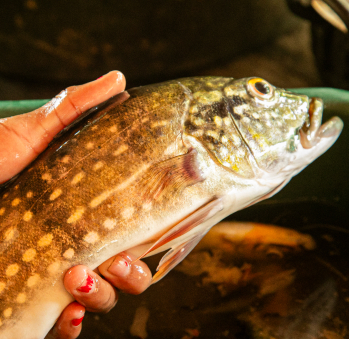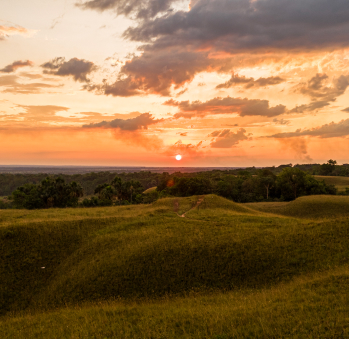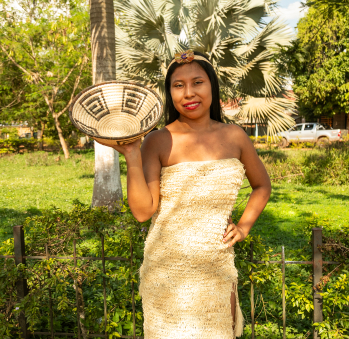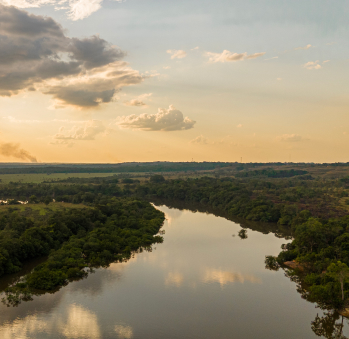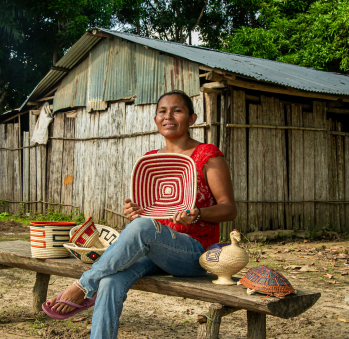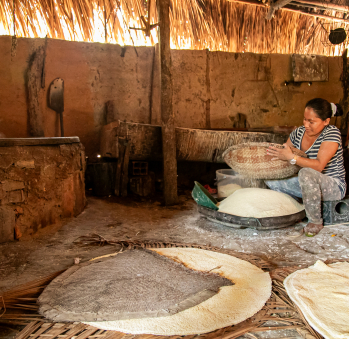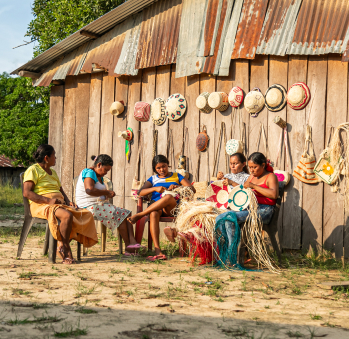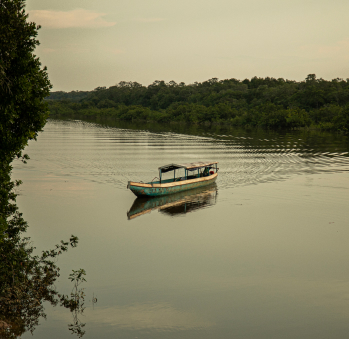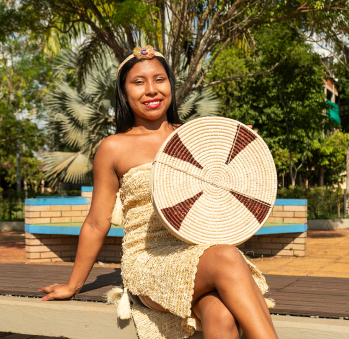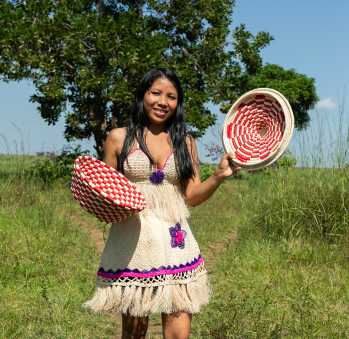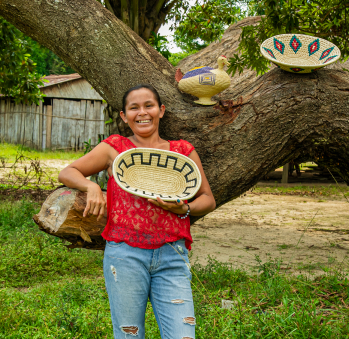Vichada Route
Whoever arrives in Vichada must understand that being there will be quite an adventure and a discovery. Because reaching it truly is. So, that’s the spirit and character of this destination. It’s also worth noting that, in this immense place, the Plains transform into jungle, and its limit is the Vichada River. You can imagine the beauty of this landscape, which for the locals is simply a part of their everyday life. We are talking about the paradise where the imposing Mataven jungle meets the greenish-blue stain of the Vichada waters with the browns of the Orinoco River, a multicolored beauty perceived from the air. There, it’s evident how this forest transitions between the Amazon and the Orinoco regions. The inhabitants of this territory are mainly indigenous communities—Piaroas, Piapocos, Curripacos, and Sikuani. Among them, the Sikuani people are the ones we want you to know through the artisans presented here, wonderful basket weavers and craftsmen committed to preserving their ancestral traditions.
We invite you to travel to Cumaribo, in the heart of this department bordering Venezuela. It is the largest municipality in the country, covering an area of 65,000 square kilometers. It will be a moment for you to discover the depth of the traditions of these indigenous peoples, visiting both the Cumaribo community and the Santa Teresita del Tuparro reserve. Also, indulge yourself in the temptation of “chicha” made from seje and moriche, relish the delicious smoked bocón fish, and try a local preparation that will make your fingers lick: “yare,” an indigenous dish where the catch is cooked in the distilled serum of mañoco and casabe, derived from bitter cassava. Of course, being on the edge of the Plains, the llanera style meat, or carne a la llanera, is also a delight to taste.
Lastly, visiting the department of Vichada means immersing oneself in an exquisite environmental experience, where the rocky outcrops of the Guiana Shield, amid the El Tuparro National Natural Park, emerge in the landscape, revealing the ancientness of these rocks with over 3,000 years of history. Venture into discovering this territory; we are sure you will never forget it.
Embark on a journey full of history

Artisans along the way
Artisans along the way
We recommended this tour
3 days
Low
Small plane
Schedule the visit in advance with the artisans.
Carry cash
Preferably go with a tour operator
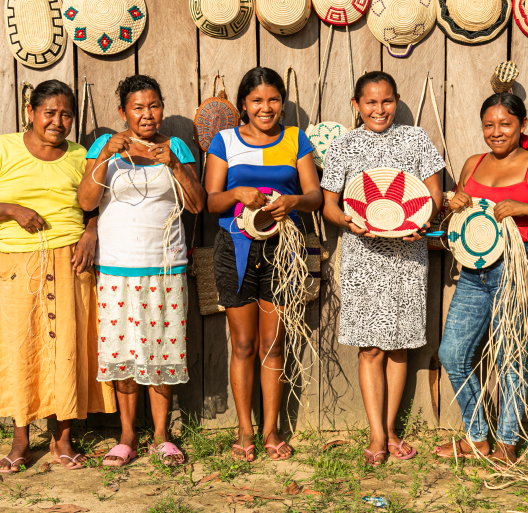
CUMARIBO
We recommend being accompanied by a tour operator. Travel from Villavicencio to this enormous municipality. Keep in mind that flight frequencies are unstable. If you have to return before the flight, you’ll need to take a 4×4 through paths and farms; about 14 hours of travel! Nevertheless, you’ll witness incredible landscapes. It’s the ideal place to understand the idiosyncrasy of this area: life shared between indigenous peoples and settlers. Here, you can taste the famous yaré fish, a unique and flavorful experience that will introduce you directly to umami, the taste of all tastes on your palate. You can engage in exceptional nature tourism here, hiking through viewpoints and trails, observing fauna and flora, and spotting pink dolphins or toninos along the Vichada River. At the House of Culture, you’ll witness the indigenous-llanero dialogue, so special in this place. Don’t miss the Cumare festival, a regional highlight. In the urban area, there’s a good range of hotels, and you can also head towards the Morú Natural Reserve, a place where it’s possible to walk on treetops.
CUMARIANA COMMUNITY
To reach this community, you can directly contact Jazmín Briceño and a family member can pick you up in town. It will be a rugged visit, without electricity or water, but with a unique and unrepeatable experience. You’ll see this artisan not only weaving but also making casabe right before your eyes, and of course, you’ll have the chance to taste it!
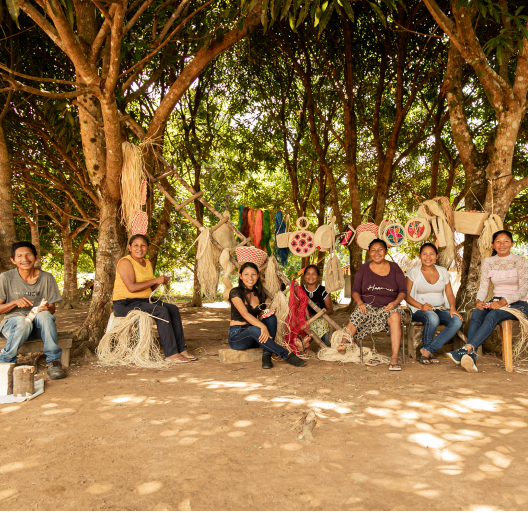
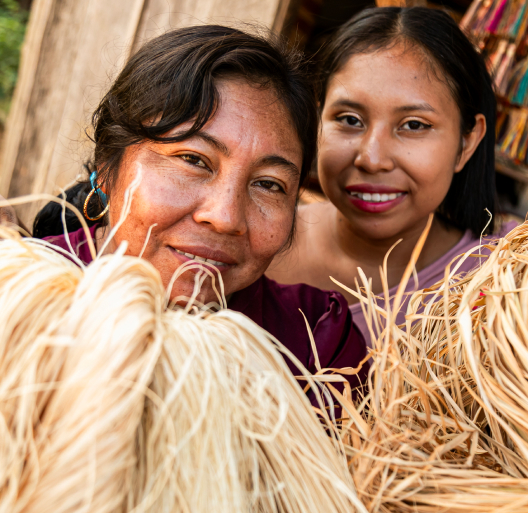
SANTA TERESITA DEL TUPARRO RESERVE
If you ask, Laura Ramírez guarantees you a plate of yaré fish and casabe that will make your mouth water. Arriving at this reserve means feeling the hospitality of its people and enjoying a very pleasant climate that, although hot, isn’t as humid as the jungle. There, you’ll feel the Amazon’s breath and the coolness of the night. You’ll see children and adults practicing artisanal crafts, the little ones extracting fiber into threads, and women laughing, chatting, and weaving. Bear in mind that there’s no electricity there, so be prepared for it.
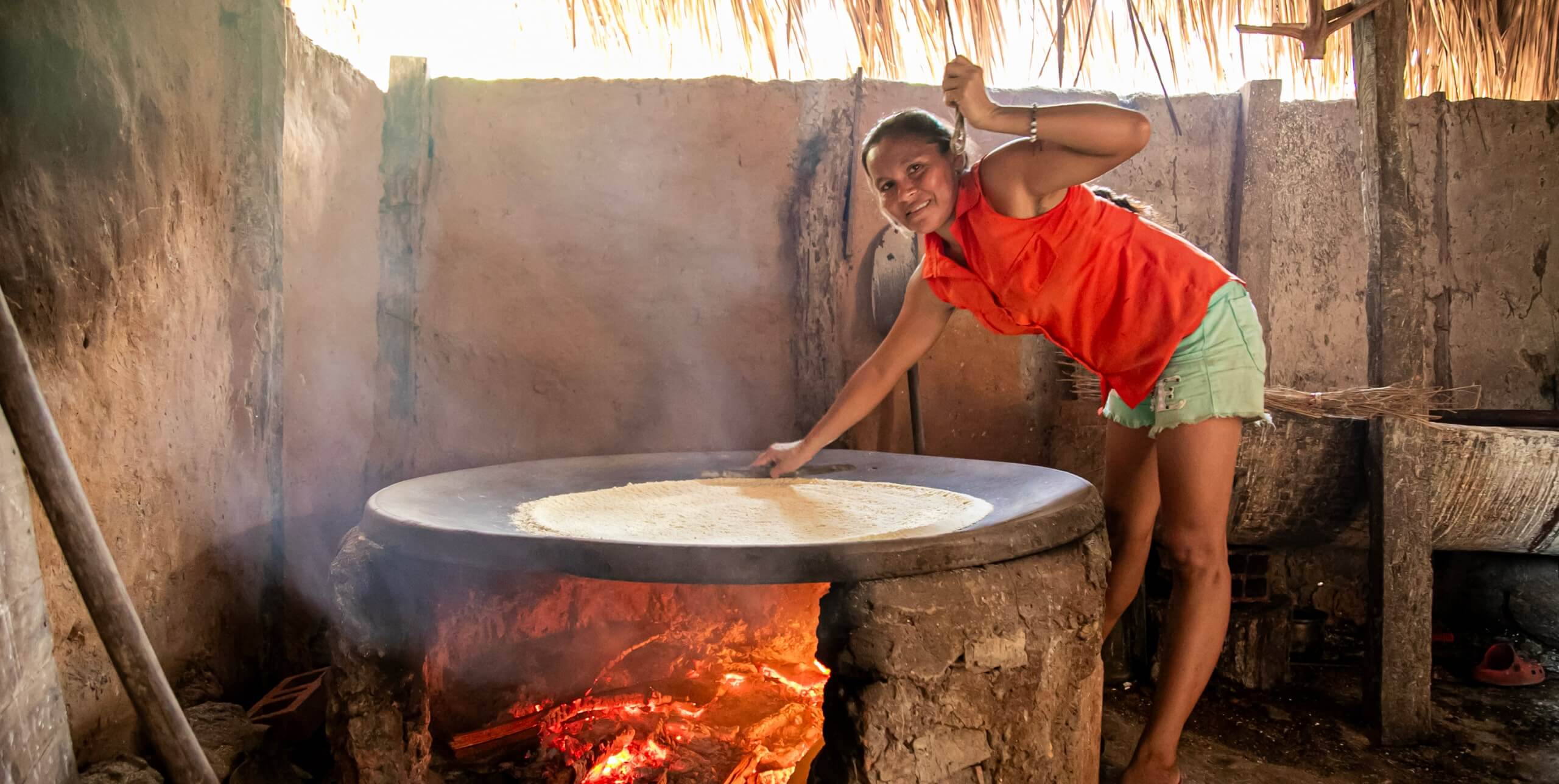
Traditional cuisine
and typical bites
Provoke yourself
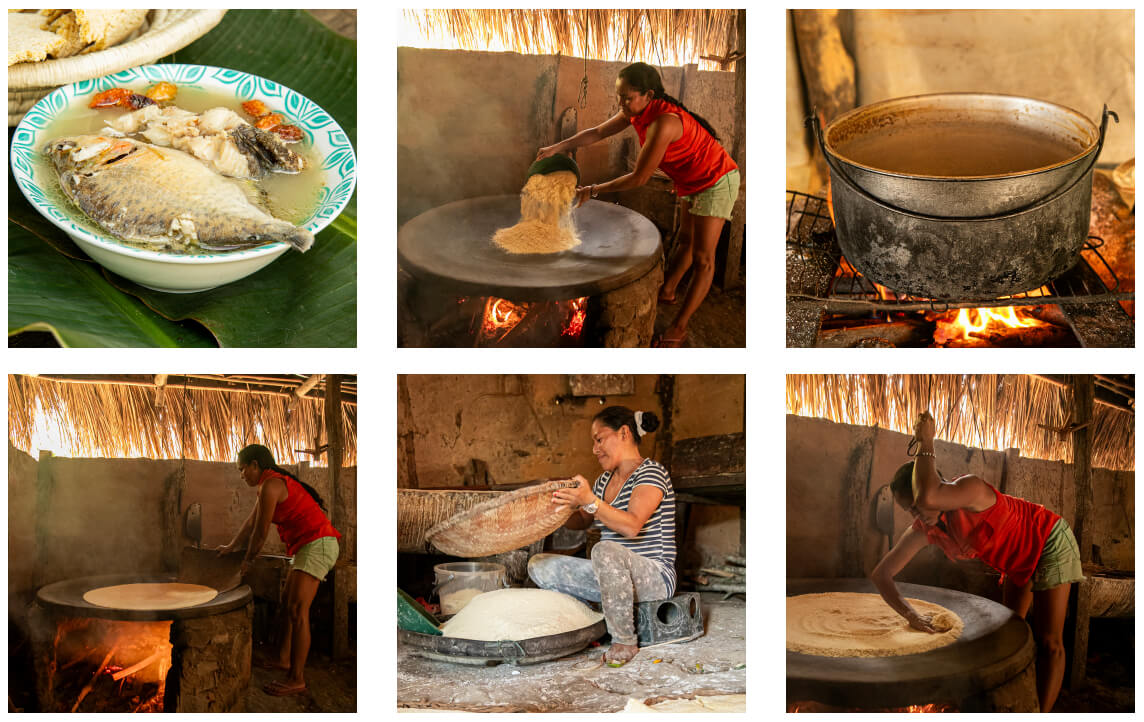
Don't leave without eating this 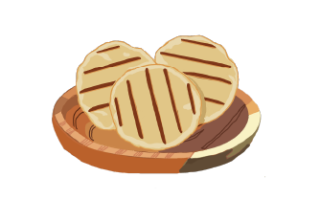
El Pescado Moquiado, también conocido como Moqueado o Muguiado, es una receta tradicional de las comunidades indígenas de los Llanos orientales de Colombia. Esta técnica de cocción se desarrolló debido a la falta de sal, para conservar los alimentos durante los viajes de pesca. La preparación del Pescado Moquiado consiste en limpiar el pescado, quitarle las vísceras, y envolverlo en hojas de plátano. Luego, se coloca sobre una estructura parecida a una parrilla, ubicada sobre las brasas del fogón a una altura que varía entre 80 centímetros y un metro. Se cubre el pescado con más hojas (preferiblemente de plátano), y se deja ahumar durante aproximadamente tres horas.
To lunch we go 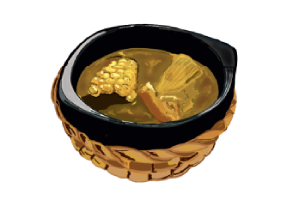
El chigüiro al horno es una de las especialidades de la gastronomía de los Llanos orientales colombianos, se acompaña de yuca cocida y plátano asado. También encontramos pescado como la cachama asada, en brasa o sudada, acompañada de plátano asado y yuca cocida.
El Caldo de curito se hace con un pescado nativo de los Llanos y se caracteriza por su sabor y carencia de espinas. Se le atribuyen cualidades afrodisíacas que hacen de este plato uno de los más consumidos en la región. Se acompaña de casabe con yare.
Flavors to discover and snack on 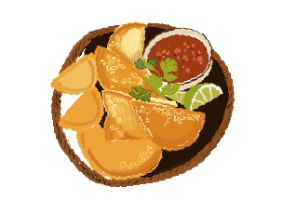
El casabe es una preparación ancestral a base de harina de yuca que se usa como acompañamiento de casi todas las cocinas del departamento del Vichada, con la particularidad de que en este departamento va acompañado de yare, una salsa que se extrae del líquido de la yuca brava y que se cocina durante varias horas; se le agrega ají picante, pescado y hormigas bachaco, hasta obtener una deliciosa y nutritiva salsa.
To sweeten the palate and unmissable drinks 
El dulce de merey es uno de los más típicos del Vichada y de la región de los Llanos orientales. Está elaborado con una fruta del merey llanero o marañón, una fruta cítrica, carnosa y jugosa, con una pepa tipo nuez que puede consumirse como fruto seco. Otro dulce muy característico del Vichada es el dulce de icacos o hicacos, una fruta de pulpa suave y agradable, que en el interior posee una “nuez” de sabor avellanado y delicado. Y no olvidemos que el dulce de pomarrosa goza de gran popularidad, pues cuando el fruto madura tiene un sabor dulce con un toque ácido muy rico que huele a rosas.
El dulce de pata de res, así como en otras regiones del país, también es muy famoso en los Llanos orientales. Está hecho a base de la pata de la res y panela, y posee una gran cantidad de colágeno, por lo que resulta excelente para la piel.
Si quieres probar estos y otros platos deliciosos del Vichada, puedes visitar algunos de los restaurantes que ofrecen comida típica de la región, como el Club Social y Estadero La Soga, el Restaurante La Bendición, Restaurante y Bar Huy Sopas o el Restaurante Sikuany.
La chicha de moriche está hecha a base de los frutos de la palma de moriche, la cual abunda en la región amazónica y de la Orinoquía. Los frutos se ponen a fermentar con panela a lo largo de varios días hasta que el líquido toma su color amarillo característico de la fruta y concentra gran contenido de vitamina A.
La chicha de seje es una preparación tradicional en la que se cocinan los frutos de la palma de seje y se ponen con panela a fermentar durante varios días. Es una bebida que se toma durante las festividades y se considera de gran alimento.

Pueblo Patrimonio
La Red Turística de Pueblos Patrimonio de Colombia es un programa especial del Ministerio de Comercio, Industria y Turismo, ejecutado por FONTUR, que trabaja con 17 municipios de Colombia que poseen declaratoria de Bien de Interés Cultural (BIC) a nivel nacional para su valoración y proyección mediante el turismo, generando así más oportunidades de desarrollo y sostenibilidad en las comunidades.

La Medalla a la Maestría Artesanal es un galardón que Artesanías de Colombia entrega anualmente, con el cual se hace un reconocimiento a aquellos artesanos, empresas y comunidades artesanales que, contando con una trayectoria destacada, sobresalen a nivel nacional por su excelencia en el oficio así como por preservar el quehacer artesanal.

Denominación de Origen
Es un signo distintivo que identifica productos reconocidos o famosos por tener una calidad o características específicas derivadas esencialmente del lugar de origen y la forma tradicional de extracción, elaboración y producción por parte de sus habitantes. La protección conferida sobre una Denominación de Origen implica que ninguna persona puede identificar con la denominación protegida productos iguales o similares a los amparados, cuando no provengan del verdadero lugar y no cumplan con las características o calidades que le han dado la reputación al producto reconocido. Las Denominaciones de Origen para productos artesanales colombianos que han sido protegidas por la Superintendencia de Industria y Comercio en nuestro país son actualmente 12.
No puede copiar contenido de esta página

